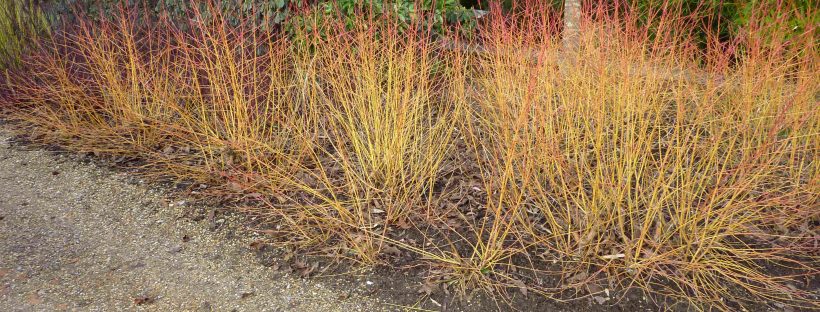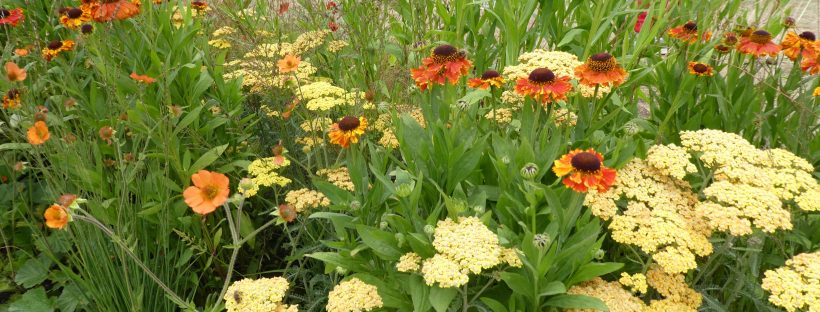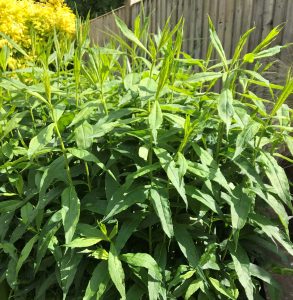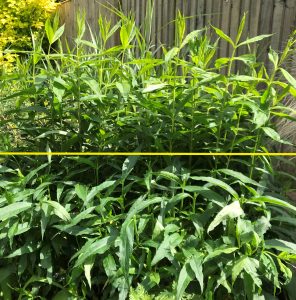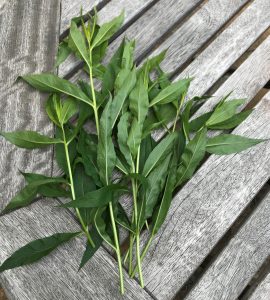January, a New Year and a perfect excuse to get outside and work off some of the excesses of the festive period!
Here’s a list of important jobs to be getting on with this month:
Flowers
- Take root cuttings of perennials such as oriental poppies, Acanthus and Verbascum
- Clear away collapsed stems of perennials
- Take hardwood cuttings from deciduous shrubs such as forsythia and willow
- Deadhead winter bedding regularly
- Continue pruning climbing roses whilst they are dormant
- Protect plants that are vulnerable to wind and cold
- Clear out the crowns of plants of damp leaves to prevent rotting
Fruit and Veg
- Cover soil with fleece or cloches to warm if you plan to sow early crops
- Prune apple and pear trees to remove any dead, damaged and diseased branches
- Cover rhubarb plants with a bucket or terracotta pot to force an early crop of tender long stems
- Order seed potatoes, onions, shallots and garlic bulbs for planting in spring
Greenhouse
- Give the greenhouse a top-to-bottom clean
- Sow winter salads in a greenhouse or on a sunny windowsill and they will be ready for harvesting within a few weeks
- Move strawberry plants in pots under cover to encourage early fruits
- Check overwintering plants regularly for pests and moulds and take action where necessary
- Bring potted peaches into the greenhouse to avoid leaf curl disease
- Ensure the greenhouse is kept frost free by installing a thermostatically controlled fan heater
- Start sowing seeds of hardy annuals in pots or trays for early flowering
- Ventilate the greenhouse on sunny days to prevent humidity from building up
Garden Maintenance
- Top up bird baths with fresh water daily
- Clean out and scrub bird feeders regularly to maintain hygiene
- Provide high-energy food for birds to help them through the winter months
- Keep small areas of ponds free from ice
- Repair any damaged fences and trellis
- Service the lawn mower whilst it’s not in use
- Clean and sharpen your tools, including hoes, secateurs and shears, and spray metal tools with oil
- Give empty pots and seed trays a thorough scrubbing ready for the start of the sowing season
- Order seeds and summer flowering bulbs
